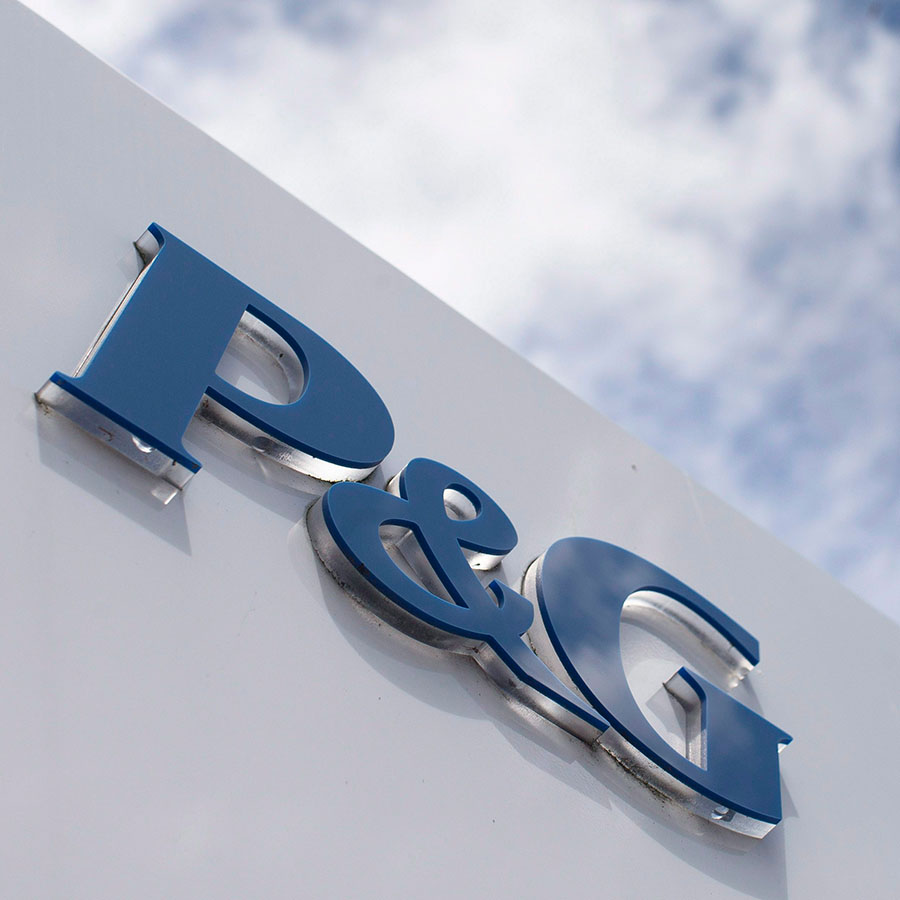Stock Market: P&G a Good Choice for Income Investors

Proctor & Gamble has a long history of annual dividend increases going all the way back to 1988. Photo: AP Photo/John Minchillo/File
Income investors typically look for stocks with high yields to add to their portfolios. That’s fine if you need strong cash flow right now.
But those with a longer time horizon should consider companies with a more modest current yield but a history of annual dividend increases. Procter & Gamble is a classic example. Here are the details.
Procter & Gamble Co. (NYSE: PG)
Type: Common stock
Recent price: $128.21 (figures in U.S. dollars)
Annual payout: $3.1628
Yield: 2.5 per cent
Risk: Low-medium risk
Website: www.pg.com
The business: Cincinnati-based P&G is a giant in the cleaning products business as well as personal health care and grooming. The odds are your bathroom, kitchen, and laundry are stocked with P&G products. The long list of brands includes Tide, Bounce, Pampers, Downy, Bounty, Charmin, Always, Tampax, Gillette, Head & Shoulders, Herbal Essences, Old Spice, Pantene, Cascade, Febreze, Oral-B, Mr. Clean, Crest, Scope, Vicks, Ivory, and Secret. And that’s just scratching the surface. How many of these do you buy regularly?
The security: We recommended the common stock of P&G to readers of my Income Investor newsletter. It trades on the New York Stock Exchange under the symbol PG.
Why we like it: P&G supplies products that people need no matter what’s going on in the world: toilet paper; soap; feminine hygiene; toothpaste; diapers – there will always be a demand for these things. This makes the company relatively recession-proof. The stock will dip during market plunges, but it always recovers and moves on to new highs. That provides stability for your portfolio. From an income perspective, the company has a long history of annual dividend increases, going all the way back to 1988.
Financial highlights: P&G recently reported results for the second quarter of its 2021 fiscal year, covering the three months to Dec. 31. Net sales for the period were $19.7 billion, an increase of 8 per cent over the prior year. Diluted net earnings per share were $1.47, an increase of 4 per cent year-over-year.
P&G raised its sales growth outlook for fiscal 2021 from a range of 3 per cent-4 per cent to a range of 5 per cent-6 per cent over the prior fiscal year. The company said it now expects fiscal 2021 GAAP diluted net earnings per share growth in the range of 8 per cent-10 per cent.
Risks: As mentioned, the share price may decline in times of market dips. That happened last March, when it fell as low as $94.34. Based on the history of the stock, those occurrences should be treated as buying opportunities.
Dividend policy: The stock currently pays a quarterly dividend of $0.7907 ($3.1628 per year) to yield 2.5 per cent at the recent price. Based on past history, we should expect an increase with the April payment.
The company is also buying back stock. In the latest quarter, P&G spent $3 billion on share repurchases. For fiscal 2021, the company expects to spend a total of $9-$10 billion on buybacks.
Tax implications: There is a 15 per cent withholding tax on dividends paid to a non-registered account, TFSAs, and RESPs. The tax does not apply to shares held in an RRSP, RRIF, or similar retirement plan.
Who it’s for: P&G is suitable for those looking for a stable U.S. equity with a modest but steadily increasing dividend payment.
How to buy: The shares trade on the New York Stock Exchange. Average daily volume is almost seven million shares. Any broker can acquire them for you.
Summing up: This is a core stock for the U.S. segment of an income portfolio. The company has been in business for 180 years and will probably still be filling grocery shelves with its products 180 years from now.

Gordon Pape is Editor and Publisher of the Internet Wealth Builder and Income Investor newsletters. For more information and details on how to subscribe, go to www.buildingwealth.ca/subscribe
RELATED:
Stock Market: Canadian-based REITs That Are Benefiting From the E-Commerce Trend